Low-power Wireless Embedded Systems
These systems are driving the development of a whole range of new applications, products and services. The transformative potential of this technology can be seen in Industry 4.0 and the Internet of Things, where for economic reasons the large number of objects involved can only be linked to each other wirelessly. To support its work in developing energy-optimising methods and technologies, the InES maintains close contacts with chip manufacturers, who are increasingly combining microcontrollers with wireless systems.
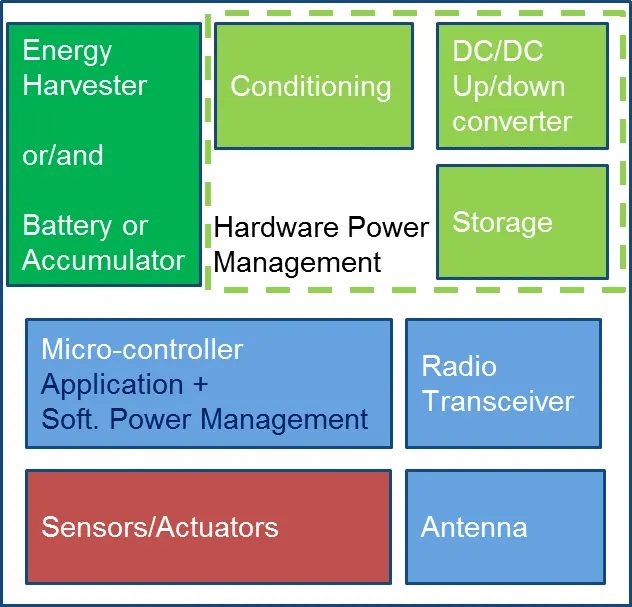
Low-power wireless embedded systems enable many new applications, products and services. Optimization for energy, size and cost makes them particularly suited for applications related to the Internet of Things (IoT). This is achieved by the proper selection and use of key components.
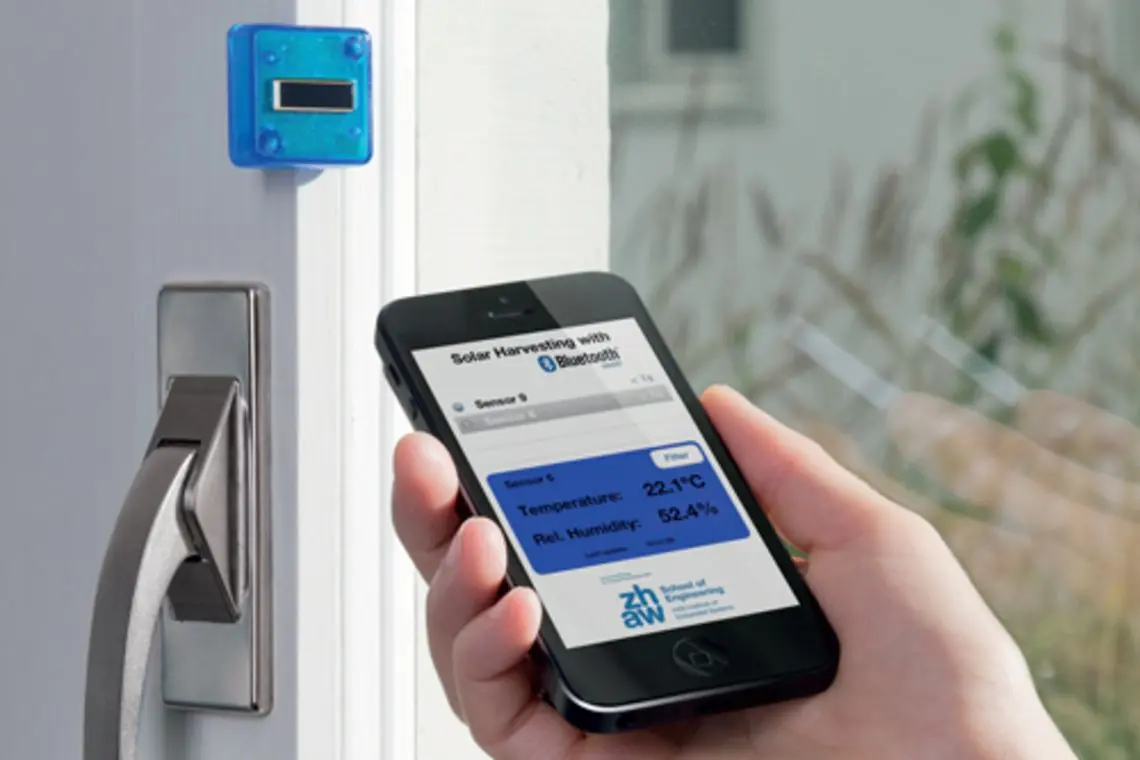
These optimized and interconnected systems detect and react to their surroundings by means of sensors and actuators. Based on an application specific energy budget, cost and size, the needed research activities are carried out. System architectures are designed, developed and subsequently realized in hardware and software. Security and usability are taken into account.
Our Activities
We work with different microcontrollers
We continuously evaluate and work with devices from different manufacturers. This goes from low-end 8-bit to sophisticated parallel architectures. Below are some examples.
- CoolRISC architecture, MSP430 with Flash or FRAM, various ARM Cortex devices, PSoC, XMOS parallel architecture, asynchronous processors, sub-threshold processors (such as Ambiq’s Apollo) … etc.
- Hardware architectures and firmware are optimized (sometimes in collaboration with component manufacturer), in order to meet the different constraints.
- If necessary, appropriate HW state machines are used.
- We are also constantly in discussion with many manufacturers to receive/give inputs about roadmaps.
We work with different wireless systems
Examples of wireless systems that we currently research, evaluate or use (sometimes in cooperation with other groups):
- Proprietary (sub-GHz, 2.4 GHz)
- Bluetooth Smart, Bluetooth Smart Ready, 802.15.4
- Long Range: LoRa (sub-GHz, 2.4 GHz), Sigfox, various other LPWAN systems
- RFID (LF, HF, UHF), active or passive
- Backscattering communications
- Low-power WLAN
We work with power management and energy supply components
There are different energy sources:
- Batteries: battery-powered systems are energy optimized in order to run for a longer time, reducing the frequency and overhead costs of battery exchange. In the case of flexible or disposable electronics, we also design with printed batteries.
- Energy harvesting (energy scavenging): small amounts of electrical energy are harvested from the surroundings (for example light, temperature differences, motion, radio waves, etc.) in order to power embedded systems.
- When necessary, a combination of battery power and energy harvesting is used, in order to meet the requirements of the application.
- Mains: when available and necessary.
- We regularly evaluate boosters, buck converters and power management systems. Thanks to our links with the semi-conductor industry, we are also involved in their specification or design as it best fits the needs of our partners.
We evaluate various energy harvesters and other components needed in the energy chain.
Project Examples
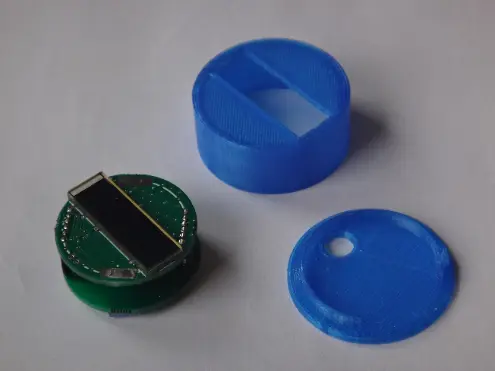
This sensor uses a small and low cost single solar cell to harvest energy in order to make a measurement and send the results via Bluetooth Smart.
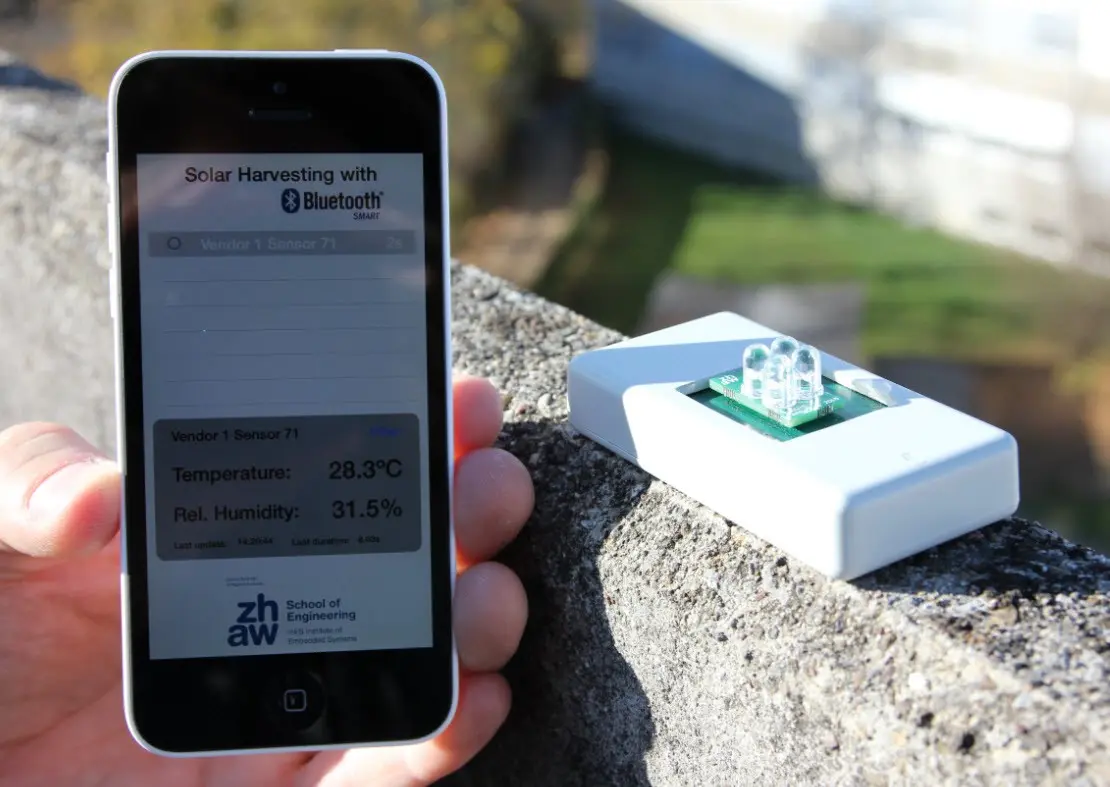
LEDs can be used as a low-cost alternative to solar cells to harvest energy.
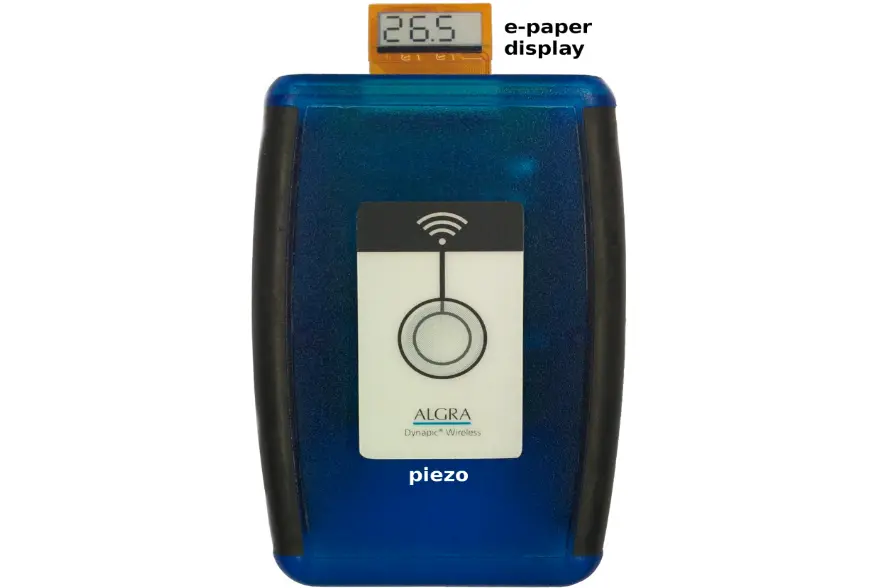
Energy harvested by a piezo element is used to make a measurement and show the results on an e-ink display.
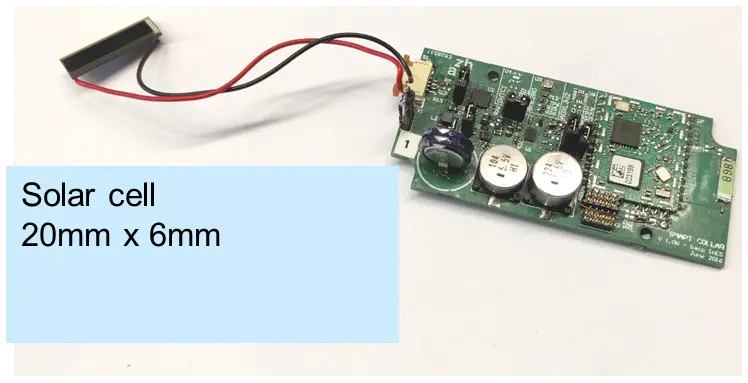
Using LoRa/LoRaWAN with harvested energy
This module harvests energy indoors or outdoors and uses it to send messages over LoRa, which has a range of several kilometers.
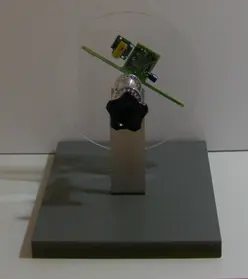
RF harvesting and RFID emulation
This system is powered solely by harvesting energy from RF fields. It sends out measurement values in form of RFID parameters.
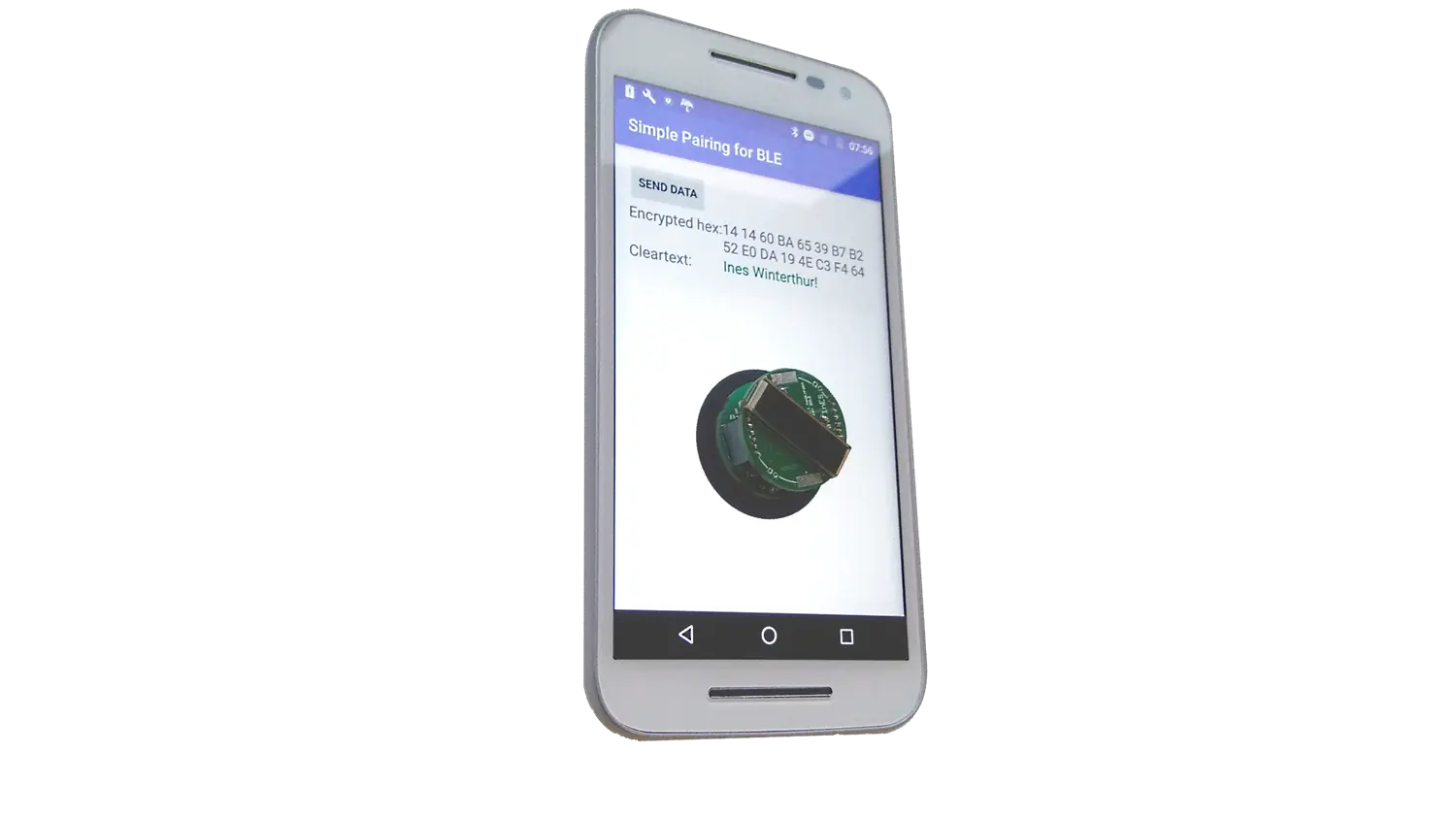
Simple and secure pairing for Bluetooth Smart
In order to pair with a tag, the display of a smartphone generates an optical signal, which is received by a sensor on the tag.
Our Offerings
- Research and development related to wireless/wired low power systems (paid projects, Innosuisse projects, European projects … etc.)
- Evaluation of your components for energy requirements
- Evaluation and optimization of costs and energy requirements of your innovative systems (also under NDA for features that are not public)
- Help in debugging different innovative wireless systems
- PA , BA and Master projects for students
Evaluation of components
The choice of the right components is very important in the design of low-power systems. Therefore, we continuously evaluate key components such as microcontrollers, transceivers, harvesters, power management devices …
In some cases, the results are published. Obviously, our partners have priority and access to more information. Below are links to papers derived from some previous evaluations:
Blens app
Our Blens app is used for demonstrators working with Bluetooth Smart.
Research assistants, BA students, Master students
Bachelor or master students interested in our research themes have the opportunity to work with us to complete one or several of their academic projects.
To give an idea of some possible research subjects see the list below. Students further have the possibility to bring in their own ideas and we encourage them to come up with their own projects.
- Low-power embedded architectures
- Low-power wireless communication (LoRa WAN, BLE, Sigfox … etc)
- Ubiquitous time: how to get the time information from (nearly) everywhere, with minimal energy.
- Low-cost energy harvesting
- Power management architectures.
- Wearables and printed electronics